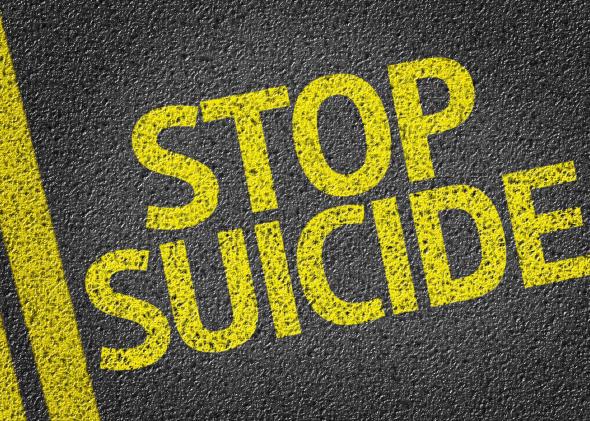In the wake of actor Robin Williams’ suicide, the Washington Post wrote about the phenomenon of social contagion and the need to take special care not to cover suicide in ways that romanticize it. Social science research, dating all the way back to the work of Emile Durkheim in the late 1800s, has shown that suicide, seemingly the most personal of choices, is influenced by cultural factors that contribute to its prevalence. One classic way this can work is through copycat suicides, where one highly publicized tragedy is followed by more deaths by those who identify with the original victim. A different sort of identification can be found when young, isolated gays and lesbians read about the increased risk of suicide for those in their exact position. In light of that, it’s time to talk about the ways activists and writers casually employ suicide statistics in discussions of the LGBTQ community, and the potential harm this could be causing.
Gays, lesbians, and trans people (and, to a lesser extent, bisexuals), really are more likely to think about or attempt suicide than the average person. While hard data on actual suicides are difficult to come by (death certificates don’t list sexual orientation), it’s probable that they also commit suicide in greater numbers. Young people who are rejected by their parents or bombarded with anti-gay sentiments at home and those who are bullied at school are particularly vulnerable to depression and self-harming behaviors. The problem is real, and we have to discuss it and write about it if we want to fix it.
Too often, though, articles on all sorts of LGBTQ topics will include a line about suicides as a sort of emotional intensifier—a way to raise the stakes and make the topic feel more urgent. It’s this practice—which comes from a sincere desire to communicate the urgent need for action on queer causes—that we need to take a harder look at. We need to weigh the potential good of increasing feelings of urgency in our audience against the potential harm that comes when young people read, over and over again, that they are at an elevated risk for suicide. Vulnerable people engage in copycat suicides when they identify too strongly with other suicide victims. Common sense says that this same principle would apply to vulnerable gay, lesbian, or trans youth who go looking for information about others like themselves only to find repeated mentions of how likely they are to try to end their lives.
With that in mind, here are some guidelines to help other writers evaluate when mentions of suicide may be superfluous and best practices for those times when they are warranted.
Rules for Treating LGBTQ Suicide Rates Sensitively
1. First and foremost, think before inserting brief references to suicide rates into your story about gay or trans issues. If suicide info comprises a single sentence (or less) of a much longer story, there’s probably no reason to include it.
2. If your LGBTQ story is about an issue unrelated to suicide, don’t bring suicide into it. There are many serious issues affecting LGBTQ people—from homelessness and workplace discrimination to bullying and family rejection—that can communicate a sense of urgency without the downside risk of exacerbating the problem they’re referring to.
3. If you’re a large national organization whose intended audience includes LGBTQ youth, make sure that suicide data or suicide prevention resources aren’t the first or only thing you’re offering young people. PFLAG gets it right. HRC, on the other hand, features a link to the suicide prevention group The Trevor Project as the single resource for young gay people in need of support or counseling (as opposed to those interested in becoming activists) on its youth resources page.
4. If you feel sure that suicide is directly relevant to your topic, put some research into the numbers, and be sure you’re painting an accurate picture. Don’t just reach for the largest, most shocking number you can find in Wikipedia’s entry on LGBT suicide rates. For instance, did you know that this study suggests that suicide rates among LGBT people are similar to those in other urban at-risk populations?
5. Last but not least, if you are writing specifically about suicide in the queer community, try to avoid painting an overly bleak and negative picture of LGBTQ life. Most queer people are not depressed, and of those who are, the majority will never attempt suicide. Hearing that suicide is rare, and that most people do make it through tough times, may help to mitigate social contagion effects. It also has the virtue of being accurate.
Including a reference to LGBTQ suicides has become something of a crutch for some people who write about queer issues, a shorthand employed to remind readers that the stakes are high enough to merit their care and attention. But it’s precisely because the stakes are a matter of life and death that we must always treat suicide and suicide prevention with the seriousness it deserves—and guard against the possibility that frequent mentions of the risk could legitimize suicide as a response to the difficulties faced by young gays, lesbians, and trans individuals.
